5 ways to stay active for free
If you’re looking for ways to stay active for free, we’ve got you covered
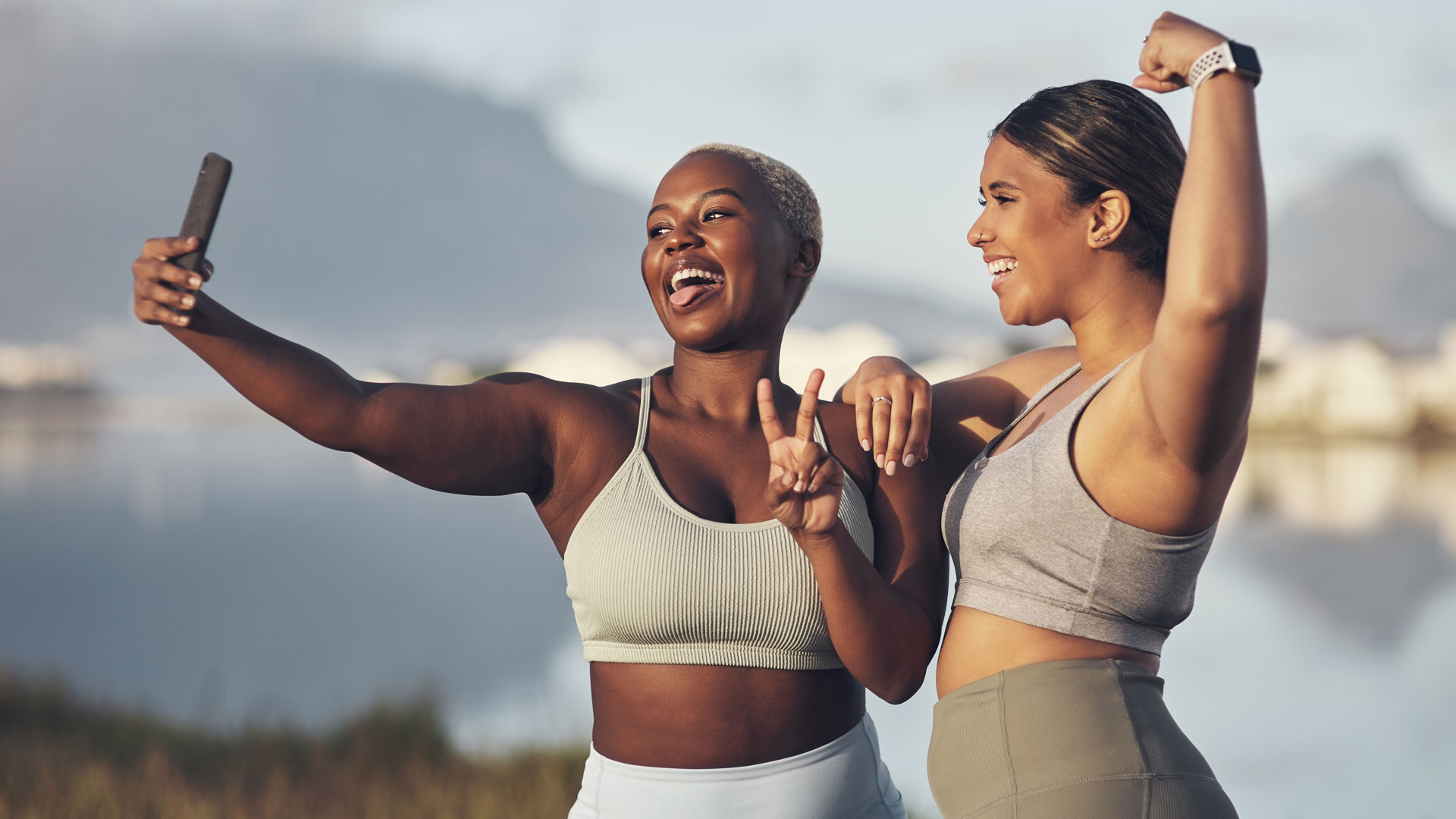

You may think that to stay active you need an expensive gym membership or lots of costly equipment but thankfully, there are lots of ways to stay active for free. Whether it’s hitting the road wearing the best shoes for walking or using household items to create an at-home workout, there’s plenty you can do without ever stepping foot in the gym.
No matter your age, staying active is important for your mental and physical health. The Physical Activity Guidelines for Americans recommend that adults get at least 150 minutes of moderate-intensity aerobic physical activity or 75 minutes of vigorous-intensity physical activity, or an equivalent combination each week. There are plenty of free exercises that can help you meet that target - here’s where to get started.
Why is staying active important?
Whatever your age, there's strong scientific evidence that being physically active can help you lead a healthier and happier life. People who exercise regularly have a lower risk of developing many chronic conditions, such as heart disease, type 2 diabetes, stroke, and some cancers.
Only a few lifestyle choices have as large an impact on your health as physical activity. The Centers for Disease Control and Prevention (CDC) says people who are physically active for about 150 minutes a week have a 33% lower risk of all-cause mortality than those who are physically inactive.
Getting moving can help boost your energy, help you maintain your independence, protect your heart, and manage symptoms of illness or pain. As your metabolism naturally slows with age, maintaining a healthy weight can become a challenge. Regular exercise helps increase your metabolism and build muscle mass, helping your body to burn more calories.
5 ways to stay active for free
If you’re trying to find ways to stay active for free, look no further. We’ve got ideas to keep you active no matter your age, size, or ability level.
Anything that counts as moderate activity is brilliant for those who are 55 and over. This includes a brisk walk or some light resistance training. You could also try a home workout, like stretching or balance exercises. Consider some of the best resistance bands to enhance your stretching routine.
Get the Fit&Well Newsletter
Start your week with achievable workout ideas, health tips and wellbeing advice in your inbox.
If you haven’t been active in a while, build up your exercise program little by little. Try spacing workouts in ten-minute increments. Exercise should never hurt or make you feel ill and it’s always best to consult your doctor before starting a new regime.
1. Walking
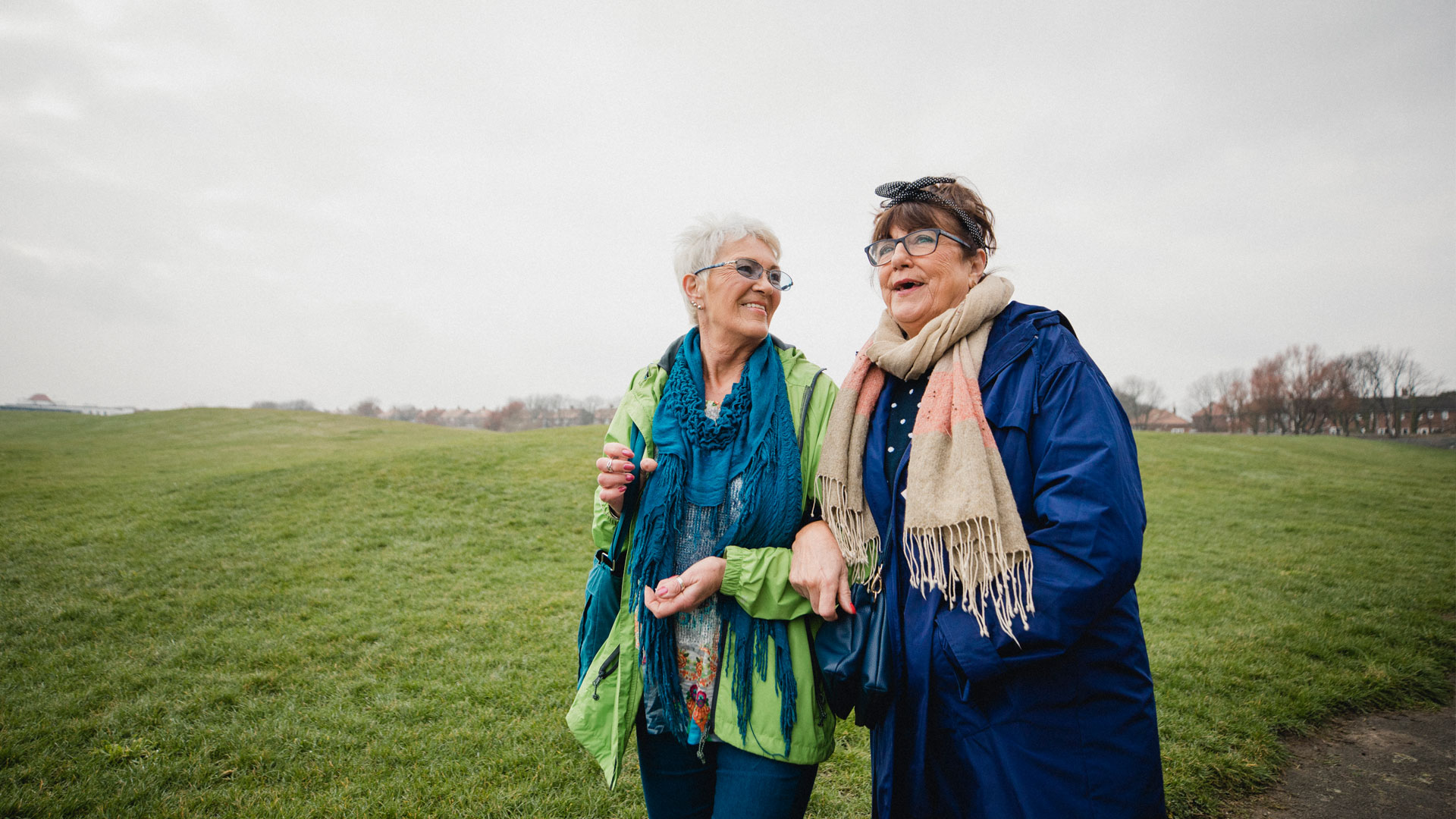
Don’t underestimate the power of walking to help you meet your fitness goals. All you need is a pair of comfortable walking shoes to get yourself out the door. You can reap the benefits of walking from doing several shorter walks or one longer walk during the day. Not only is walking a free way to stay active, but it also has a host of health benefits.
For example, a 2020 study conducted by the National Institutes of Health and the Centers for Disease Control and Prevention found that taking more steps each day – even if you walk at a regular pace – is linked with living longer.
In addition, a study published in a 2017 issue of the Journal of Alzheimer's Disease suggested that 12 weeks of moderate-intensity walking increased brain function.
2. Create a home gym
If you can’t make it to the gym, make the gym come to you by turning everyday household items into pieces of equipment. Soup cans or larger water bottles can double up as light hand weights, a solid chair is an ideal place to do triceps dips and stairs can be transformed into a fitness step. If you’re keen to get hold of proper weights to intensify your workouts, some of the best adjustable dumbbells are ideal because you’re essentially combining multiple weights into one unit.
3. Try some balance exercises
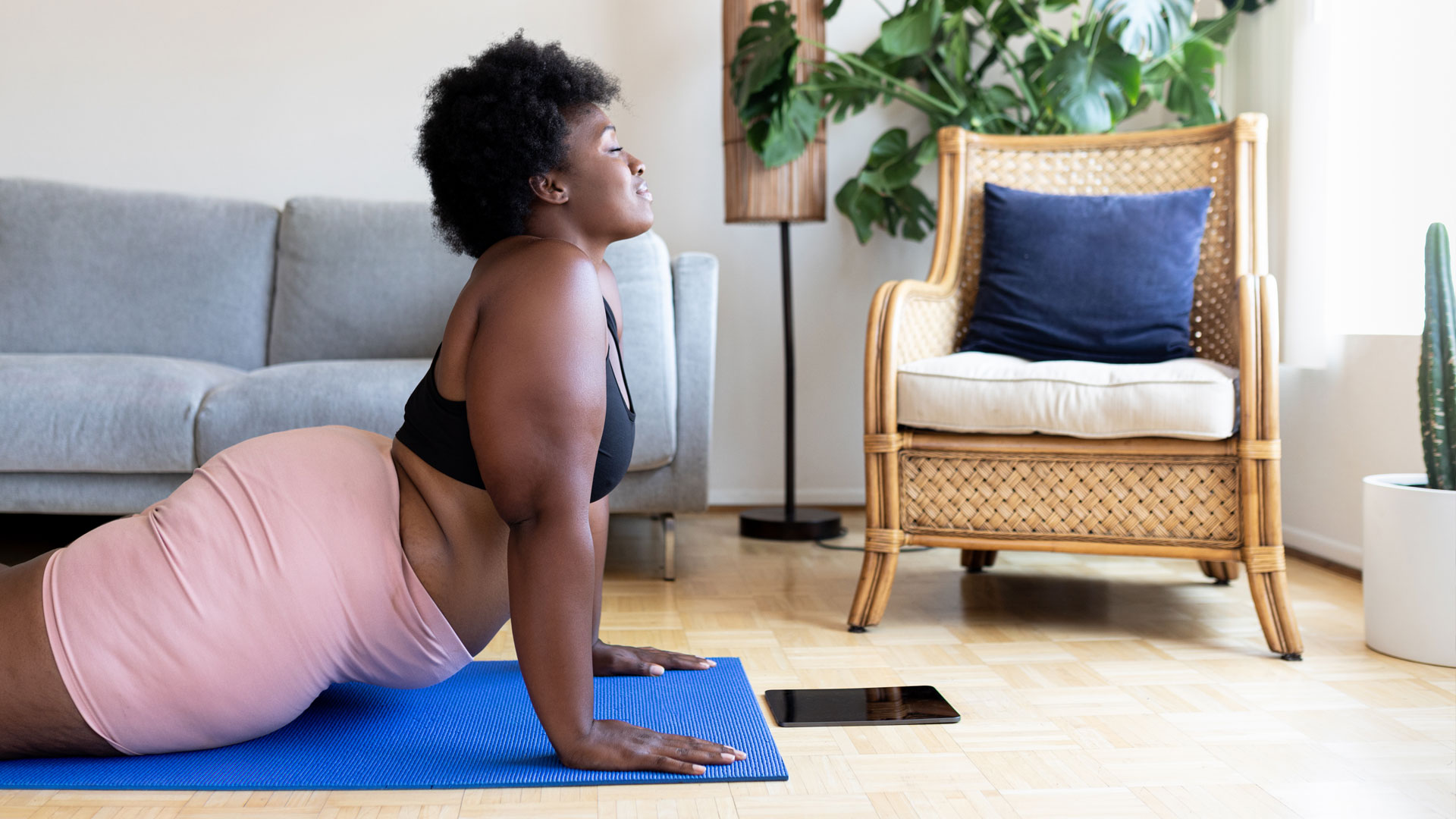
Balance exercises can help build strength and improve posture, stability, and coordination. A 2016 study found that older adults who did balance exercises for six weeks enhanced their balance control and gained confidence. The exercises also helped improve leg strength, coordination, and ankle mobility.
Further research confirms the effectiveness of balance and coordination exercises in improving the overall quality of life in older adults. Along with the physical benefits such as enhanced stability, balance exercises may help improve mental functioning, including memory and spatial cognition.
4. Strength training
Research shows that strength training can help you lose fat, increase metabolism, reduce back pain, relieve arthritis pain, improve quality of life, and lower high blood pressure. And it’s effective no matter your age. Loss of muscle can contribute to many preventable age-related problems, but a simple strength program can do wonders for your physical and mental health. One study found that older adults can build muscle mass with as little as 40 minutes of strength training and resistance training twice a week.
Start gently with bodyweight exercises or resistance bands and then build up to adding more weight as you go along. This progressive overload is the best way to build muscle safely while minimizing the risk of injury.
5. Get stretching
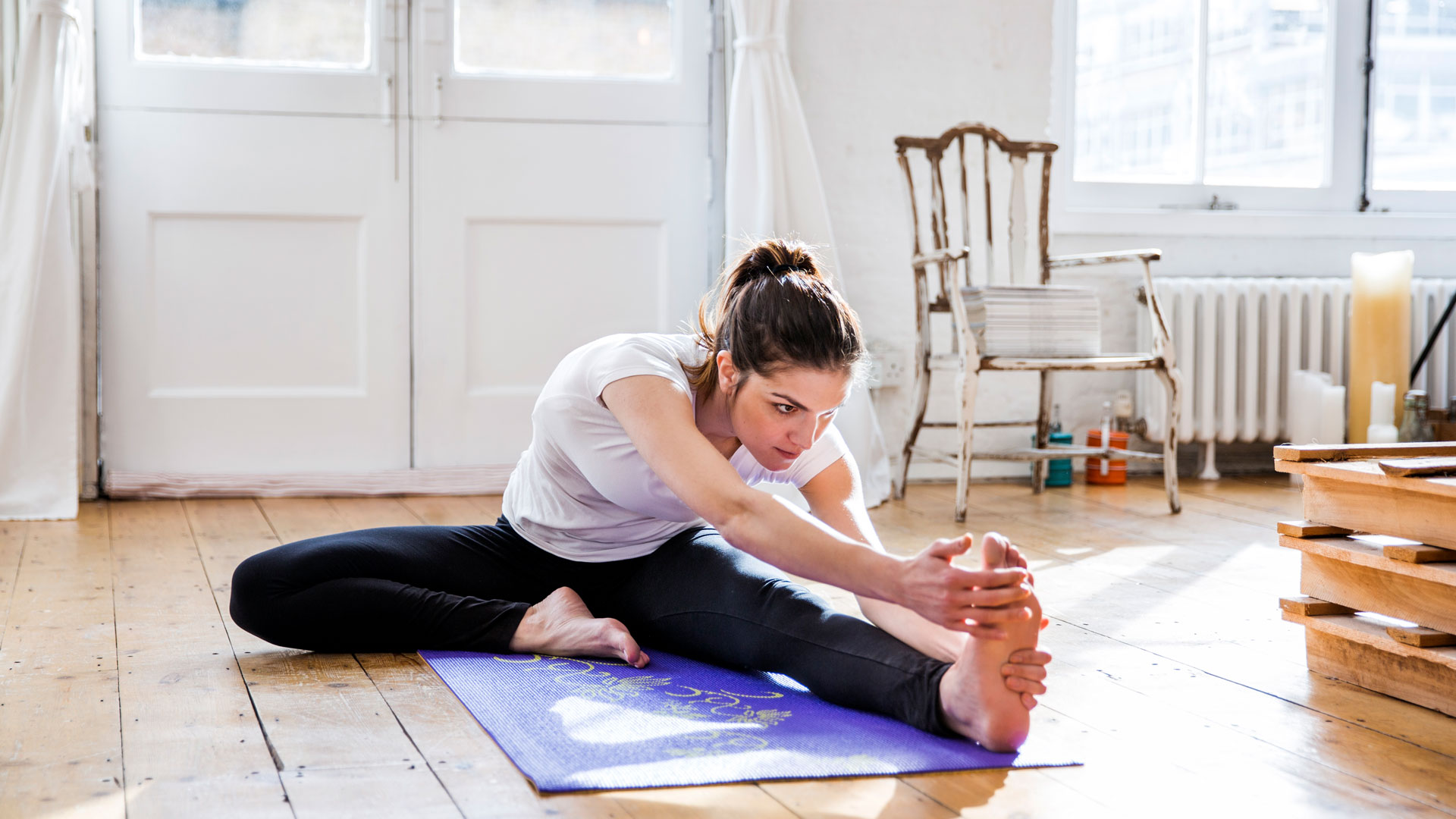
If functioning at your best is one of your goals, spending time improving your flexibility should be top of your to-do list. Having a full range of motion in your joints means you can easily bend, move, lift and stretch.
Stretching regularly, along with cardio and strength workouts, keeps your joints supple and flexible. According to the American Council on Exercise, stretching can help your body in several different ways. These can include better posture, decreased back pain, more relaxed muscles, and reduced stress levels.
A thorough stretching routine gives you a chance to connect with your body and reflect on how you feel. Make a habit of stretching (especially after exercise) to keep your body limber.
For other ideas, take a look at the benefits of running.
Catherine is a freelance journalist writing across titles such as Verywell Health, Healthline, The Daily Telegraph, Refinery29, Elle, and Vogue. She specializes in content covering health, fitness, wellness, and culture. A once reluctant runner, Catherine has competed in 30 running events in the past five years and looks forward to one day running the London Marathon.
-
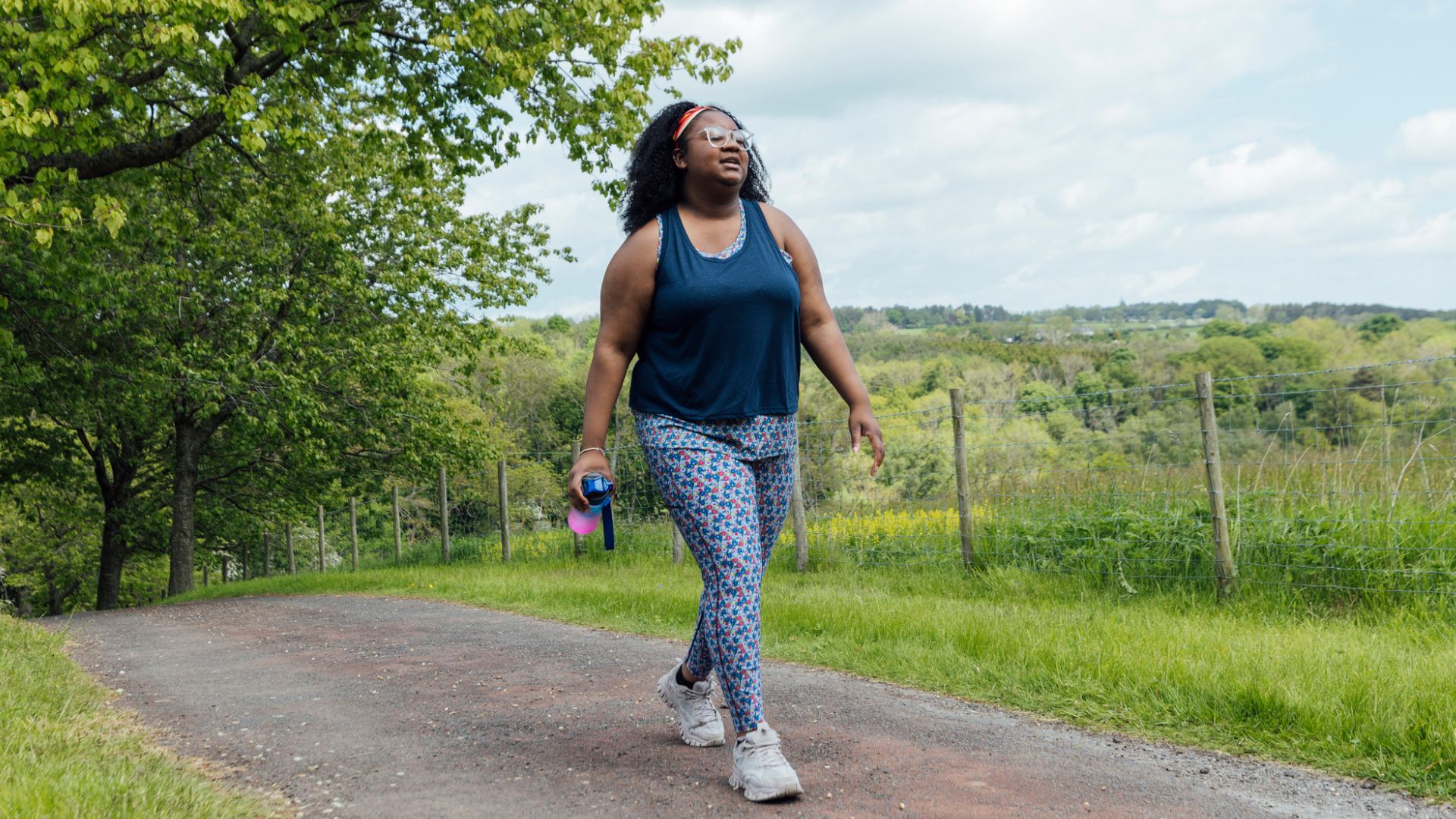 A walking coach says this exercise trend can help you hit 10,000 steps a day—here's how
A walking coach says this exercise trend can help you hit 10,000 steps a day—here's howThe 666 walking trend could get you to your target
By Lou Mudge
-
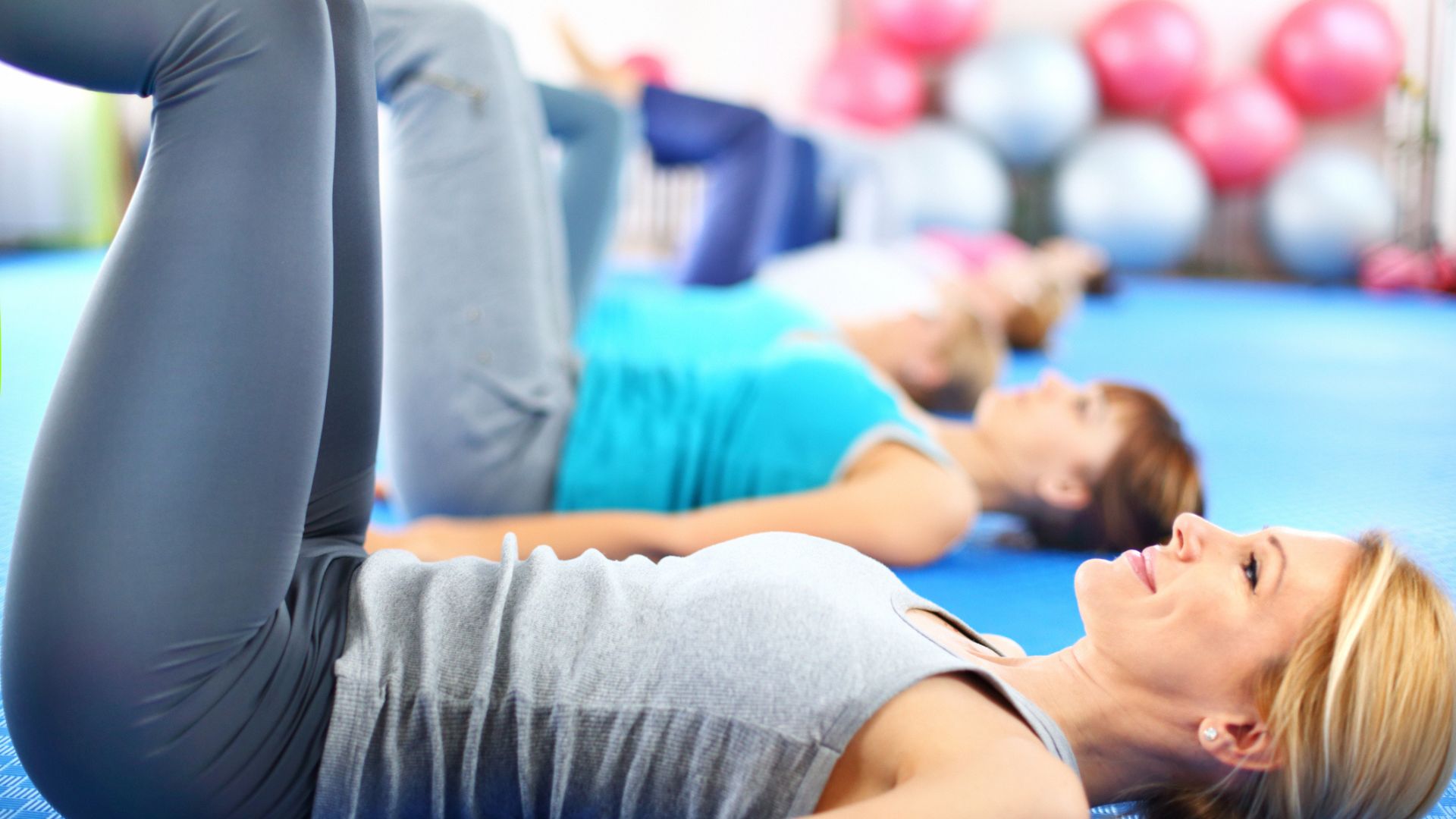 A Pilates instructor says this is the beginner-friendly core exercise everyone should try
A Pilates instructor says this is the beginner-friendly core exercise everyone should tryForget crunches, this is the perfect foundation move
By Alice Porter
